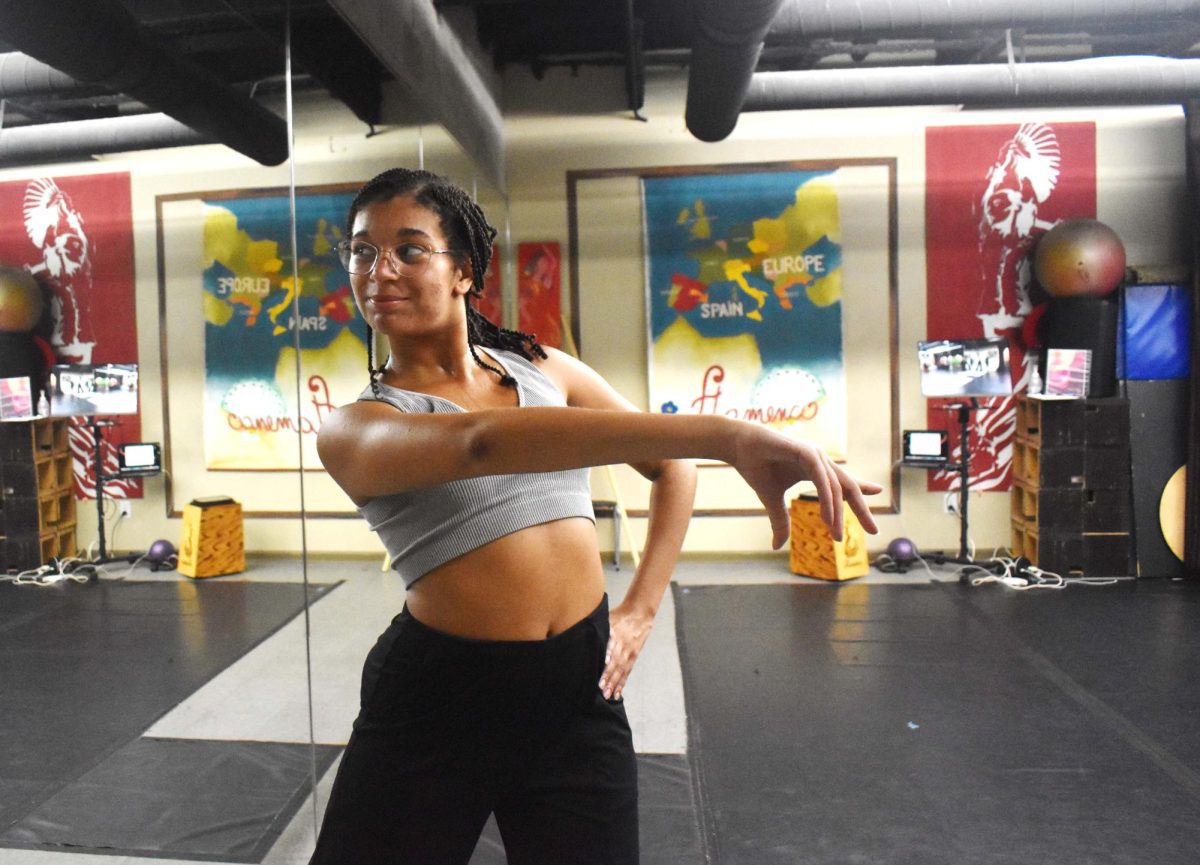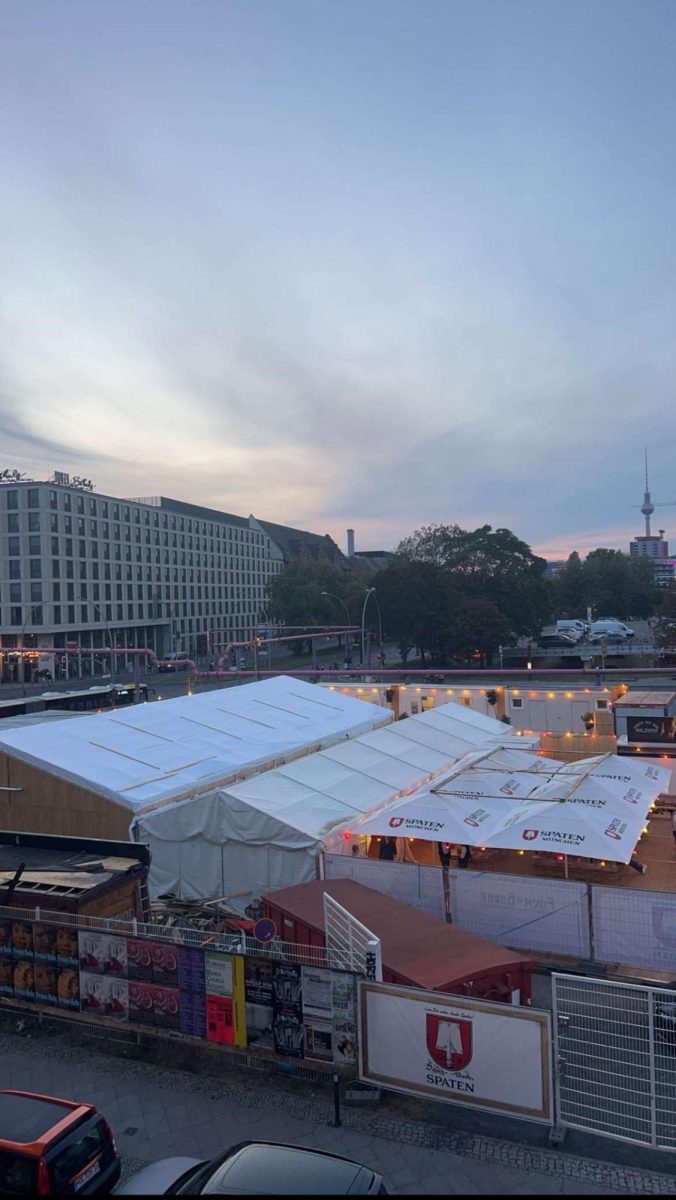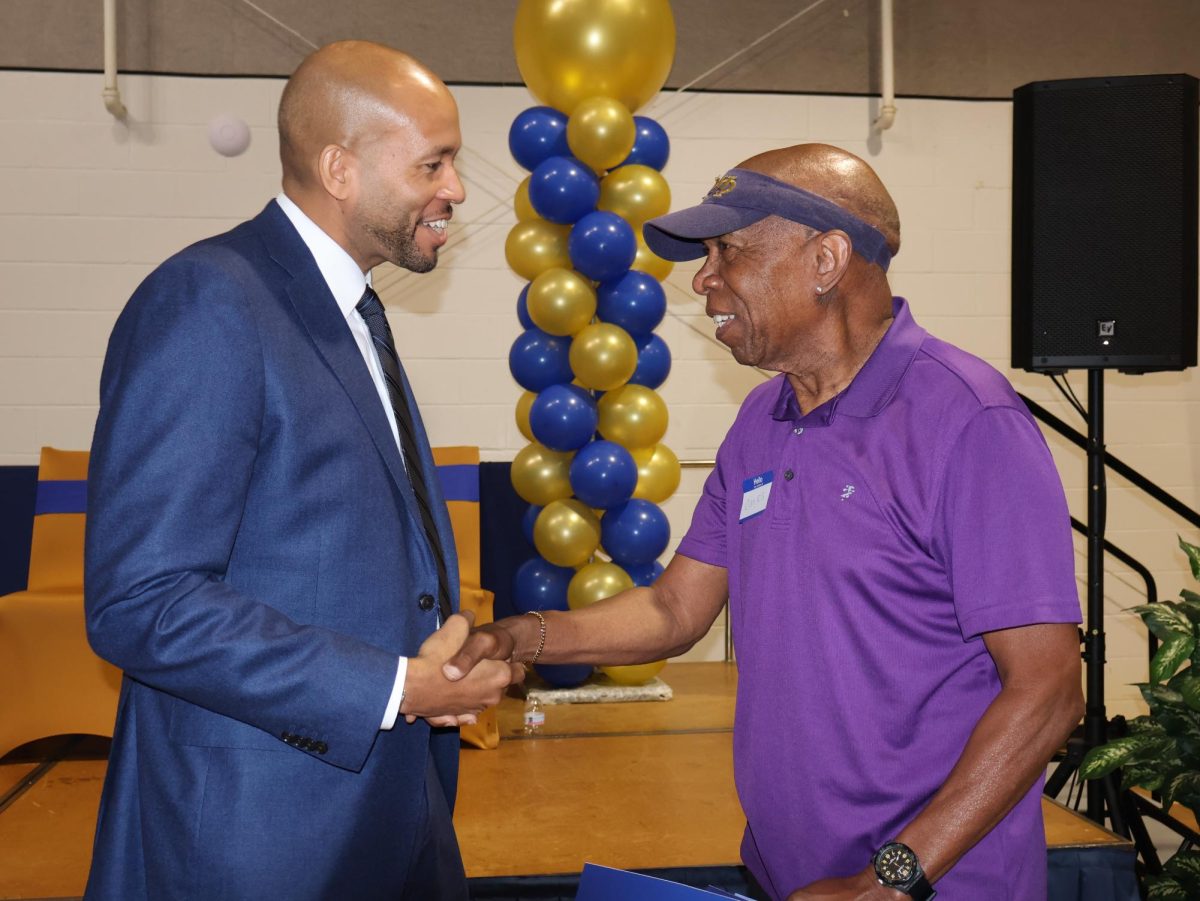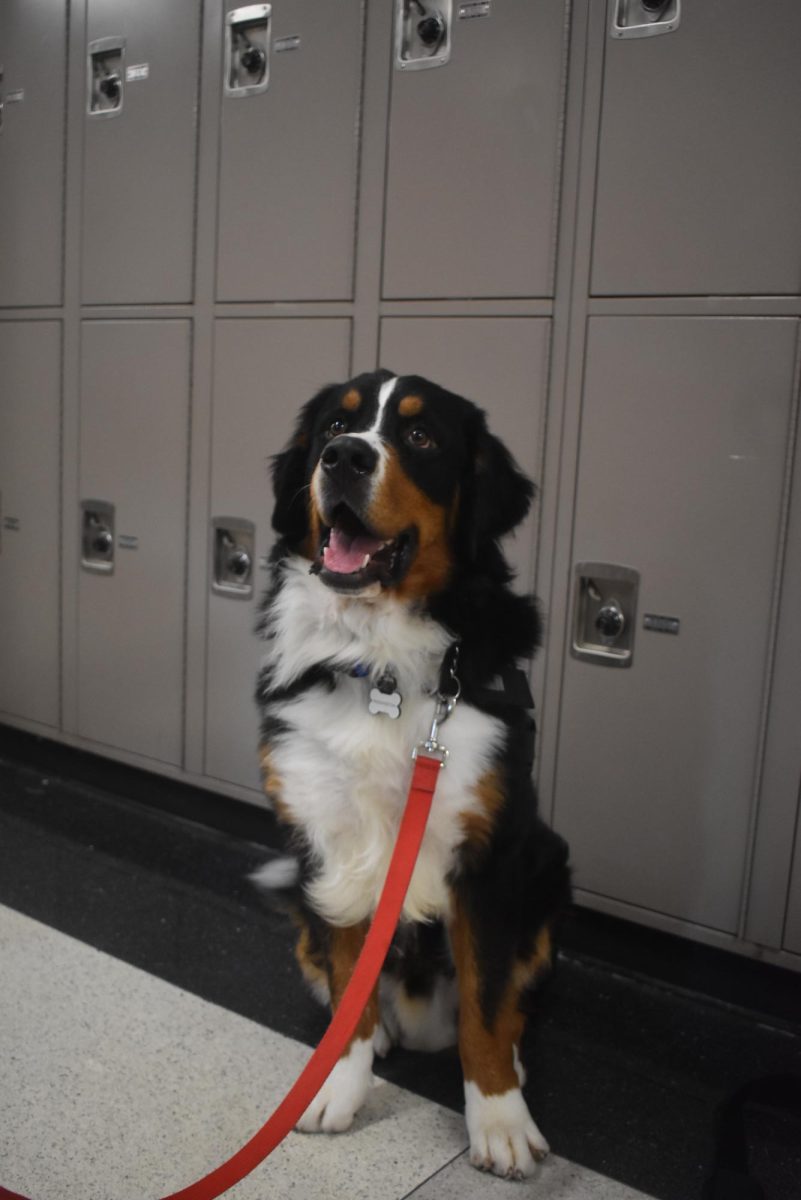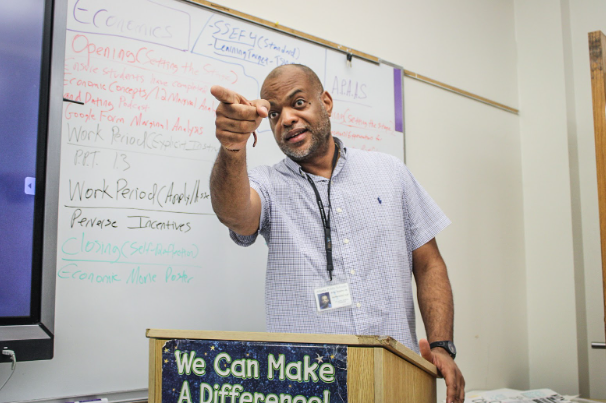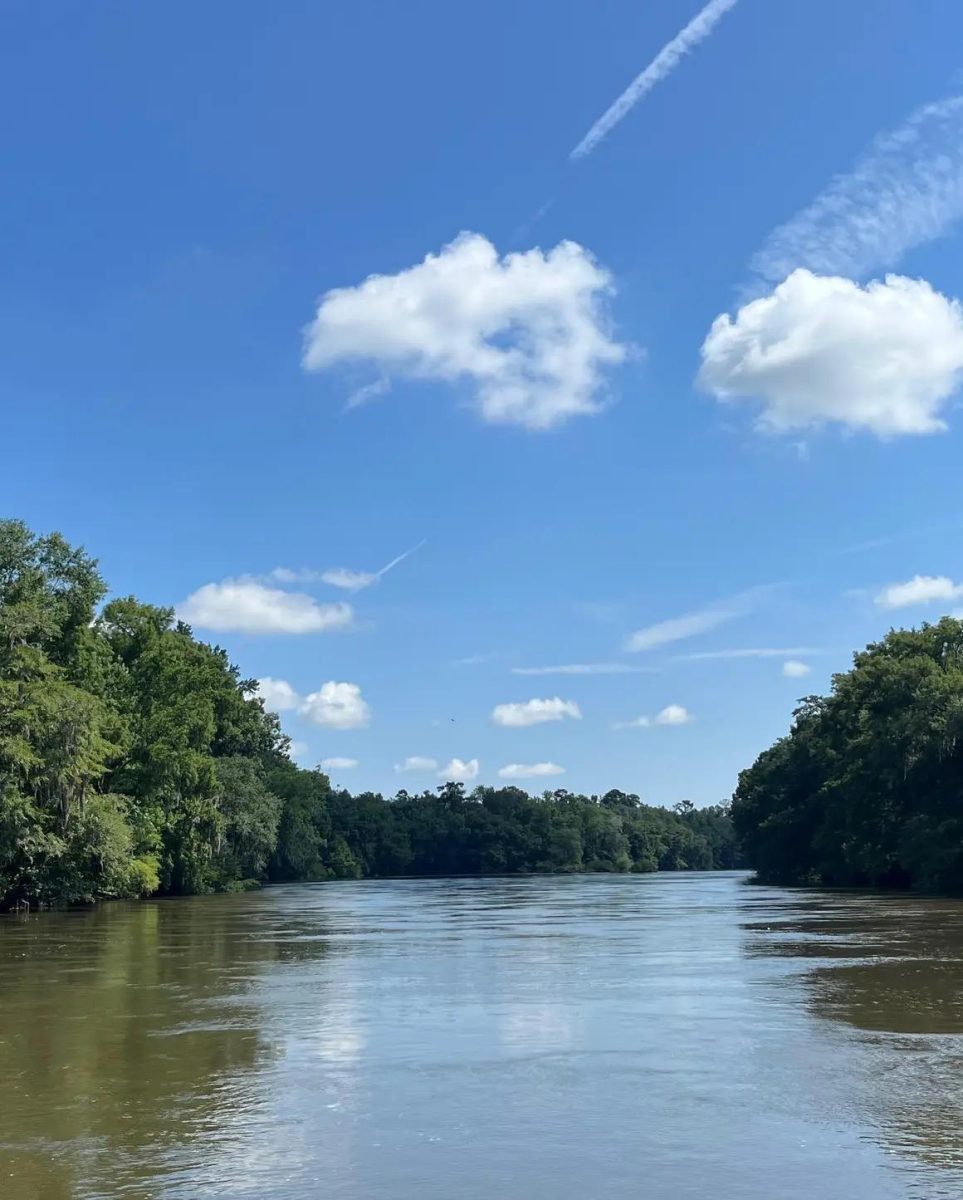
After finishing the conceptual design this summer for its greatest expansion since its founding in 1976, Atlanta Botanical Garden plans to add a new eight-acre garden along the BeltLine.
Atlanta Botanical Garden hopes to break ground on the expansion in 2024 and has a target date for completion in 2027. Danny Flanders, spokesman for the botanical garden, said the increase of new developments in Midtown pushed the garden to act on its opportunity to expand while still able.
“We have a wonderful opportunity to help Atlanta become a greener community by accessing the garden from the Atlanta BeltLine where walkers and cyclists can leave their cars at home and help create a healthier environment,” Flanders said.
A second entrance along Piedmont Avenue will connect the BeltLine with the botanical garden.
“The garden expansion will provide another front door on the BeltLine, welcoming people to one of the city’s top destinations and adding another reason for people to visit and use the BeltLine,” Jenny Odom, BeltLine spokeswoman, said.
An immersive overlook of the new garden will greet viewers at the entrance, allowing them to preview the Botanical Garden experience. After a competitive selection process, landscape architect firm Hoerr Schaudt was chosen to design the expansion, led by Rob Gray, principal and design lead at the firm. Gray said the firm hopes to combine traditional and contemporary landscape architecture styles to create an enjoyable and unique experience.
“I think the most powerful thing is that you’ll come into this space and the whole garden presents itself as this beautiful landscape painting,” Gray said. “I think the power of all these pieces and all these layers coming together, and you being able to visually behold that in a single view either from the top or from the bottom of the garden is going to be a very powerful element.”
Gray said Hoerr Schaudt’s horticultural focus, the quality of its final designs and its creativity is why the firm was selected for the Botanical Garden’s expansion, despite its competitive process.
“[The Atlanta Botanical Garden] really wanted a designer who could deliver something that had never been done before and was going to make something truly unique, not just in Atlanta, but the region, as a whole,” Gray said. “Hopefully, it becomes something that’s nationally recognized and very iconic for the Atlanta Botanical Garden.”
Hoerr Schaudt has designed a variety of architectural projects in cities around the country. Gray said the firm is cultivating a design that develops a storyline for the unique garden they hope to create at Atlanta Botanical Garden.
“There’s a certain degree of artistry with what we do, how landscapes come together and how gardens are composed,” Gray said. “It’s like arranging flowers. You could give somebody a little sketch of a flower arrangement and tell them what flowers they need to buy, but you’re going to get a lot of different solutions if you have 10 people doing the same thing. You have to have an eye for things and how they come together. As much technical expertise as we have to have from the front end of a project; there’s still an artistic element that goes into the very last bits.”
The firm is in the schematic stage of the expansion as they determine the size and organization of their design to develop a deeper understanding of all the external implications on the site. One of the most compelling elements of the new garden will be the eye-catching water displays set to be distributed throughout the design, Gray said.
“There’s going to be a really interesting collection of water features on the site that are all connected and start at the very top of the garden with a big exuberant display fountain,” Gray said. “The water moves from one end of the garden to the other, but it’s always changing with how it’s presenting itself. We wanted the water to be evocative of plants and horticulture, so a lot of the water displays almost take on leaf-like characters, appearing like flowers.”
An influence of old traditional gardens in Italy, France and Japan combined with creative fantasy elements will be deployed by leveraging dynamic qualities of plant shapes, colors and textures to cultivate a captivating and new experience at the Botanical Garden, Gray said.
“We really have a strong connection to that dynamic power that plants in horticulture can have over people and over landscapes,” Gray said. “What we hope to bring to this is an exuberate, almost otherworldly experience. We didn’t want this to be a traditional garden. There’s a lot of traditional elements in the design in terms of how it’s organized and some of the horticulture techniques and some of the things we’ll be deploying, but we want it to be a completely new experience.”
One of the goals of the design is to create an environment that can continue to reveal new features for every visit.
“Our goal is to create a garden that you can come to a hundred times and every time you go you discover something new, and it looks different,” Gray said. “It’s going to be constantly changing from season to season, from year to year, as things grow and mature. Our main goal is to really create a space that creates joy in people and makes them appreciate the beauty in nature and how nature and design can come together and really create this powerful compelling experience.”
Flanders said the expansion will connect pedestrians to the Atlanta Botanical Garden.
“As the city’s first cultural attraction to be directly accessible from the BeltLine, we have an opportunity to reach more people with what we have to offer, whether it’s beautiful landscapes, art exhibitions or family educational programs,” Flanders said.
Gray said he hopes that the expansion has a lasting impact and becomes a feature people identify within Atlanta.
“We want [the design] to be this sublime experience,” Gray said. “They go there, and they get their breath taken away initially. We want to create an environment that is like nothing they can see in Atlanta or most places in the world. It’s really just this sheer experience and delight that we want to create for people there.”

